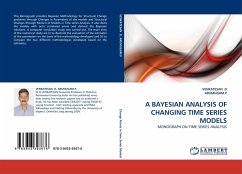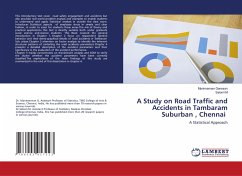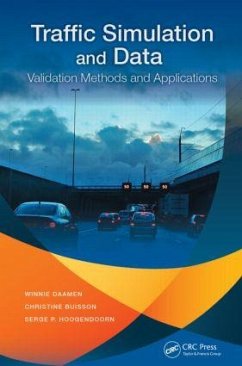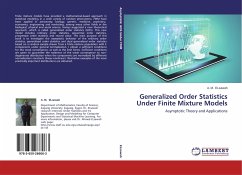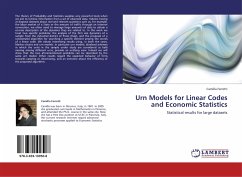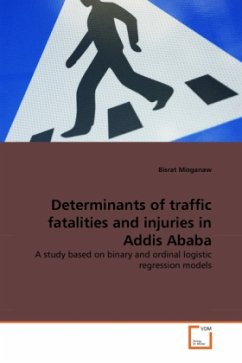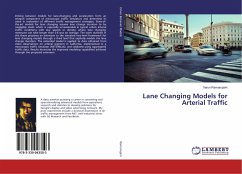
Lane Changing Models for Arterial Traffic
Versandkostenfrei!
Versandfertig in 6-10 Tagen
37,99 €
inkl. MwSt.

PAYBACK Punkte
19 °P sammeln!
Driving behavior models for lane-changing and acceleration form an integral component of microscopic traffic simulators and determine its value in evaluation of different traffic management strategies. State-of-the-art models for lane changing assume lane change duration to be negligibly small, which is especially unreasonable in typical urban arterial traffic conditions with low speeds or density, where lane changing maneuver can take longer than 5-6 secs on average. The work outlined in this thesis proposes an extension to the standard two-level framework for lane changing models through a t...
Driving behavior models for lane-changing and acceleration form an integral component of microscopic traffic simulators and determine its value in evaluation of different traffic management strategies. State-of-the-art models for lane changing assume lane change duration to be negligibly small, which is especially unreasonable in typical urban arterial traffic conditions with low speeds or density, where lane changing maneuver can take longer than 5-6 secs on average. The work outlined in this thesis proposes an extension to the standard two-level framework for lane changing models through a third level that explicitly models the lane change duration. The extended model is applied to data obtained from video observations on arterial segment in California, implemented in a microscopic traffic simulator (MITSIMLab), and validated using aggregated traffic data. Results showcase the improved modeling capabilities achieved through the proposed extension.



